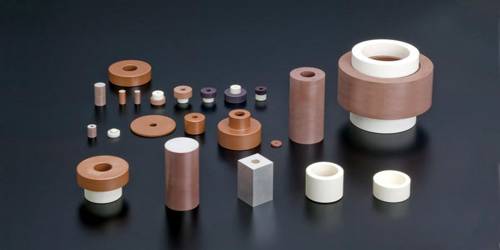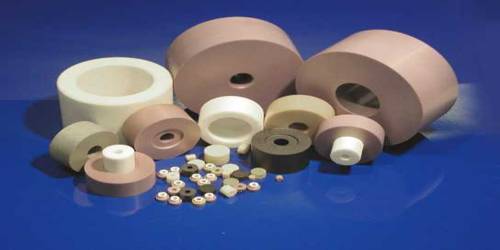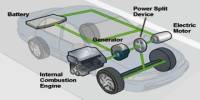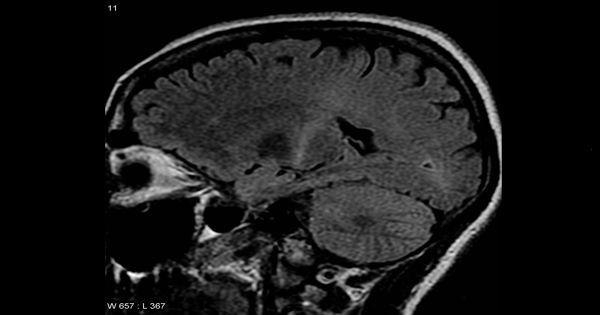Ceramic dielectrics
Ceramic capacitors have a variety of different ceramic dielectrics as the basis of the capacitor. Ceramic dielectrics are made from a variety of forms of ceramic dielectric. The exact formulas of the different ceramics used in ceramic capacitors vary from one manufacturer to another but common compounds include titanium dioxide, strontium titanate, and barium titanate.
A leaded ceramic capacitor showing the leads, connections and the overall package.
In view of the wide variation of ceramics used in capacitors the EIA (Electronic Industries Alliance) classifies ceramics into groups. In general the lower the group or class the better the overall characteristics, but this is usually at the expense of size. Types within each class define the working temperature range, temperature drift, tolerance, etc.

Class 1: Class 1 ceramic capacitors are the most stable forms of the ceramic capacitor with respect to temperature. They have an almost linear characteristic and their properties are almost independent of frequency within normal bounds.
The common compounds used as the dielectrics are magnesium titanate for a positive temperature coefficient or calcium titanate for capacitors with a negative temperature coefficient. Using combinations of these and other compounds it is possible to obtain a dielectric constant of between 5 and 150. Also, temperature coefficients of between +40 and -5000 ppm/C may be obtained.
Class 1 capacitors also offer the best performance with respect to dissipation factor. This can be important in many applications. A typical figure maybe 0.15%. It is also possible to obtain very high accuracy (~1%) class 1 capacitors rather than the more usual 5% or 10% tolerance versions. The highest accuracy class 1 capacitors are designated C0G or NP0.
Class 2: Class 2 capacitors offer better performance with respect to volumetric efficiency, but this is at the cost of lower accuracy and stability. As a result, they are normally used for decoupling, coupling and bypass applications where accuracy is not of prime importance. A typical class 2 capacitor may change capacitance by 15% or so over a -50C to +85C temperature range and it may have a dissipation factor of 2.5%. It will have average to poor accuracy (from 10% down to +20/-80%). However, for many applications, these figures would not present a problem.
Class 3: Class 3 ceramic capacitors offer a still high volumetric efficiency, but again this is at the expense of poor accuracy and stability and a low dissipation factor. They are also not normally able to withstand high voltages. The dielectric used is often barium titanate that has a dielectric constant of up to about 1250.
A typical class 3 capacitor will change its capacitance by -22% to +50% over a temperature range of +10C to +55C. It may also have a dissipation factor of around 3 to 5%. It will have a fairly poor accuracy (commonly, 20%, or -20/+80%). As a result, class 3 ceramic capacitors are typically used as decoupling or in other power supply applications where accuracy is not an issue. However, they must not be used in applications where spikes are present as these may damage the capacitor if they exceed the rated voltage.
Information Source;















